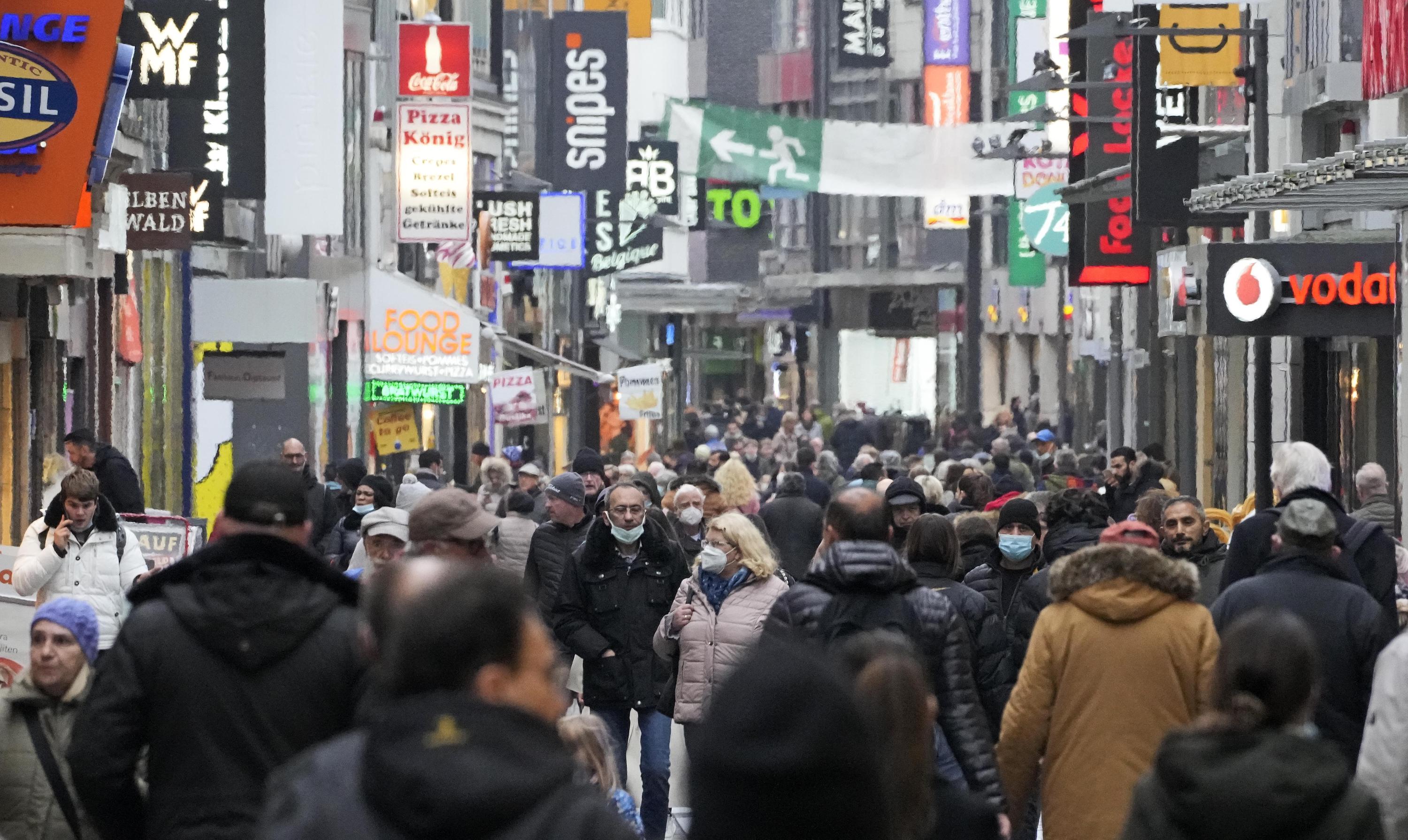10117
0
The rise in prices for mostly daily necessities accelerated in Germany
In Germany, The rise in prices for mostly daily necessities accelerated again in November. Once again, the price driver was energy.

Yazar: Tom Roberts
Yayınlanma: 30 Kasım 2021 22:47
Güncellenme: 11 Aralık 2025 03:11
The rise in prices for mostly daily necessities accelerated in Germany
In Germany, The rise in prices for mostly daily necessities accelerated again in November. The consumer prices rose by an estimated 5.2 percent compared to the previous year and thus for the first time since 1992 again above the five percent mark, as the Federal Statistical Office announced provisionally. The last time there was a higher value during the reunification boom in June 1992 was 5.8 percent. Annual inflation was 4.5 percent in October and 4.1 percent in September. Economists had only predicted an increase to 5.0 percent. Compared to October, prices fell slightly by 0.2 percent. Once again, the price driver was energy. To a certain extent, there is also the lower value added tax last year. This was reduced from 19 to 7 percent from July to the end of September in order to stimulate consumption in the Corona crisis and thus cushion the consequences of the pandemic for the economy. ECB director Isabel Schnabel expects lower values again in the future. "We assume that the peak of inflation will be reached in November," said the currency watchdog on ZDF. The rate of inflation is likely to gradually decline again towards two percent in 2022, the target of the European Central Bank (ECB). Special effects such as the VAT cut would then be excluded from the statistics. "Energy prices will not continue to rise at the same pace," she said. The pandemic-related supply bottlenecks in the economy should also gradually resolve. The ECB will react decisively if inflation should persist at a level higher than two percent. "But at the moment it would be a mistake to raise interest rates early and thus slow the upswing, because that would essentially lead to increased unemployment and would not be able to change anything about the current very, very high inflation," said Beak.İLGİLİ HABERLER





European stocks soared and focus shifted to German retail sales after Powell's speech!

Forex Signal For TRY/USD: Inflation Slowdown in November.

Forex Signal For GBP/USD: Bullish Trend Still Not Breaking While Recovery Continues.

Forex Signal For EUR/USD: Starry US Data Points to Higher Fed Increases.

Forex Signal For BTC/USD: Downside Continues as Bitcoin Recovery Moves Less.
En Popüler Haberler
Yorum Yap
Yorumlar
Henüz yorum yapan yok! İlk yorumu siz yapın...